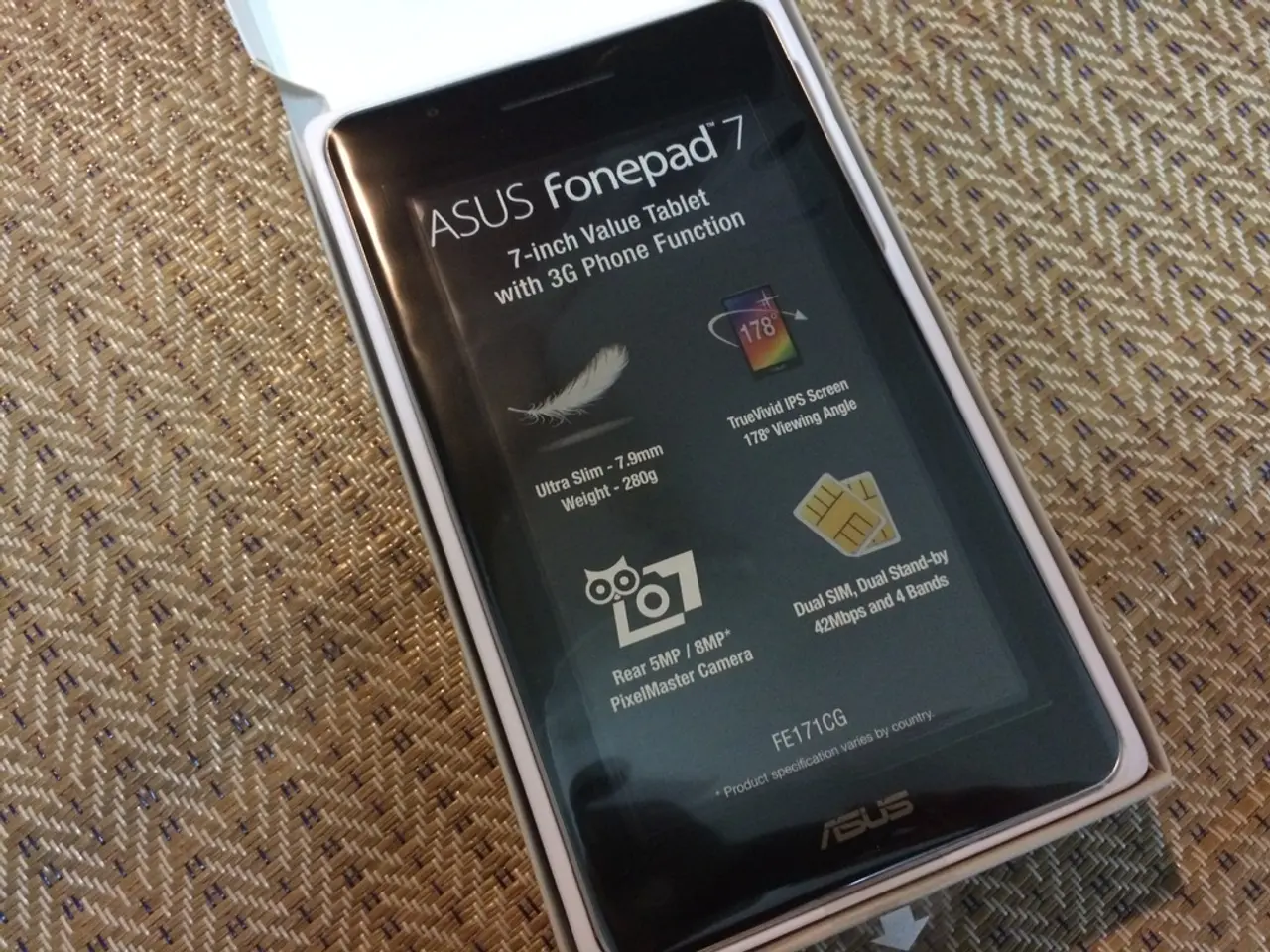Comparing the merits: glass versus plastic smartphone lenses
Optical polymers, or plastics, are finding their way into the production of smartphone lenses, despite the high cost of creating precision moulds. This is due to their ability to be precision moulded in volume, a crucial factor for mass-produced devices like smartphones. However, optical polymers have limitations when it comes to color correction, with a small range of available refractive indexes and high dispersions.
To counter this, including glass elements with low dispersion can be beneficial. Hybrid glass-plastic lenses offer several advantages over lenses made solely from plastic. They provide improved color accuracy, better light transmission, and a balance between scratch resistance and impact resistance or weight reduction.
The superior optical properties of glass elements help reduce chromatic aberration and color distortion, enhancing color accuracy. Glass's high transmittance and plastic's ability to be moulded for complex lens shapes that optimize light paths and minimize losses contribute to improved light transmission. The combination of glass's hardness and plastic's lightweight and flexible nature allows smartphone cameras to achieve high-quality imaging performance while maintaining compactness and durability.
Modern phones are designed to be slim, necessitating the use of small sensors and 'fast' lenses with low f-numbers for high resolution. To meet this requirement, smartphone lenses typically have a design of three to six elements, with spherical aberrations corrected by extreme aspheric profiles. This leads to the choice of plastic materials for making the lens elements.
The production volumes for these camera modules in smartphones are enormous, allowing the costs associated with precision moulding to be absorbed over many units. Modern glass moulding techniques also allow for economic production of elements with aspheric surfaces on both sides.
One example of the adoption of hybrid glass-plastic lenses is the iPhone 15 generation, which has moved from all-plastic smartphone lenses to a hybrid design, incorporating glass elements. The hybrid design of the iPhone 15 Pro's triple lens setup is intended to improve color in low light.
Industry reports suggest that companies like Sunny Optical have driven advances in premium smartphone lens segments by adopting hybrid glass-plastic modules. This hybrid approach is a key factor in meeting modern demands for high-resolution imaging and natural color reproduction while managing size and manufacturing constraints.
For further reading, resources are available on pixel binning, sensor technology, and the Bayer Sensor.
Bob Newman, a camera enthusiast and amateur photographer, is a Professor of Computer Science at the University of Wolverhampton. He has been working with high-technology equipment for 35 years and has two innovation award-winning products.
The diagram of a typical smartphone camera lens design shows potential places for moderately aspheric glass elements, improving color rendition. However, longitudinal color aberrations in plastic lenses cannot be removed through image processing.
Follow us on Twitter, Facebook, and Instagram for more tech updates!
- Bob Newman, while working on a smartphone camera lens design, identified potential locations for moderately aspheric glass elements, aiming to enhance color rendition.
- To combat color distortion in plastic smartphone lenses, technology advancements, as seen in the iPhone 15 generation, adopt hybrid glass-plastic lens designs, incorporating glass elements for superior color accuracy.




